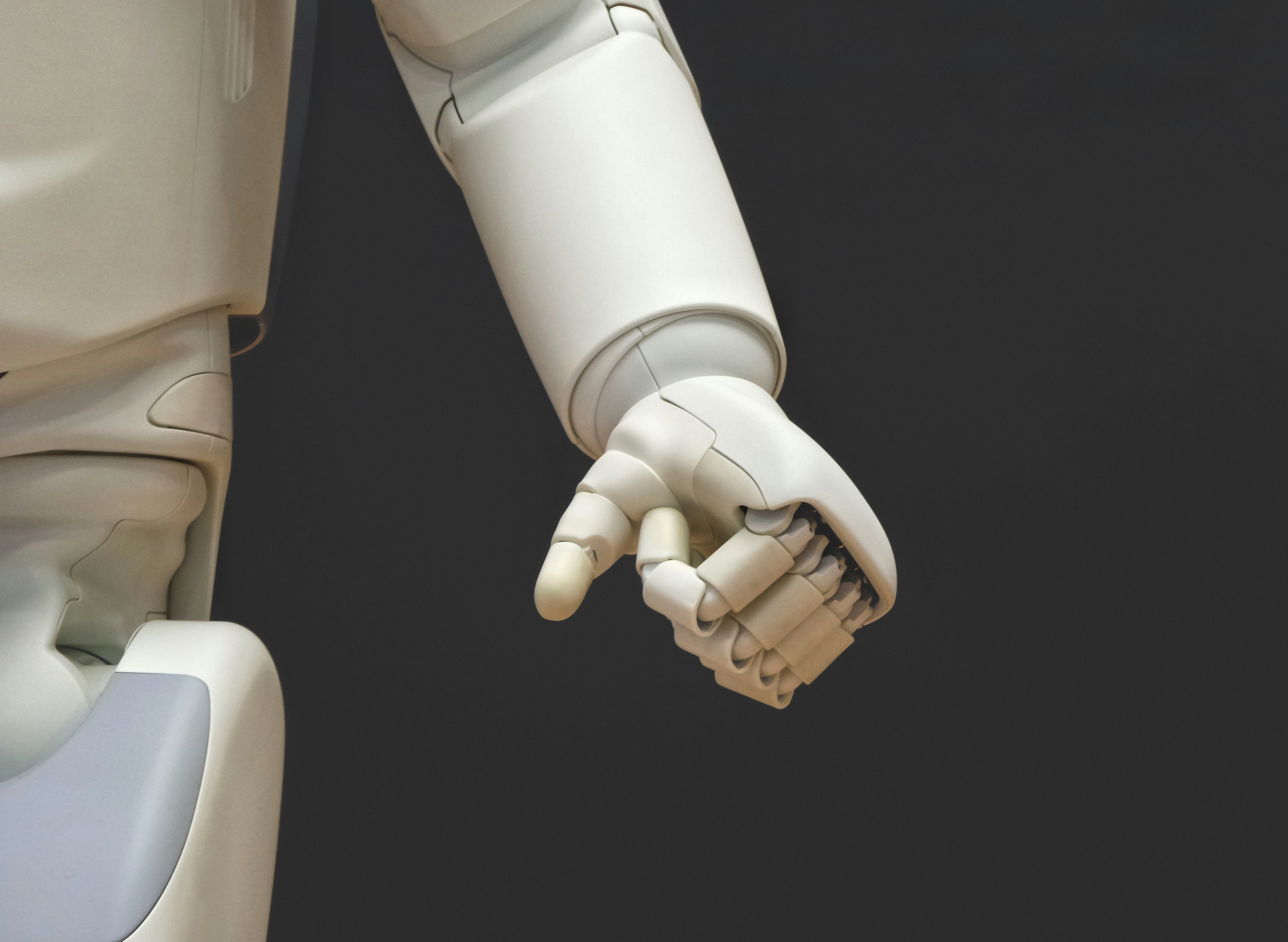Becoming the Trusted Resource for Leveraging AI and Consumer Robots at Home
August 25, 2024 | by joet99@gmail.com
 Photo by Jakub Żerdzicki on Unsplash
Photo by Jakub Żerdzicki on Unsplash Understanding the Evolving Capabilities of Robots and Reaping Their Benefits
The rapid advancements in artificial intelligence (AI) and consumer robotics are fundamentally transforming home environments. Modern consumer robots are becoming increasingly sophisticated, integrating seamlessly into our daily lives to perform various tasks with enhanced efficiency and accuracy. Among the key capabilities of contemporary home robots are functionalities such as cleaning, cooking assistance, personal security, and detailed home automation. Each aspect represents a significant leap in not only technology but also convenience, offering practical aid to homeowners.
One prominent example is the evolution of robotic vacuum cleaners like the Roomba. These devices have progressed from simple, random path cleaners to sophisticated machines equipped with AI-powered mapping, allowing them to navigate and clean homes systematically. Furthermore, cooking assistants such as the Thermomix and modern food processors are incorporating AI to optimize and personalize cooking experiences, helping users prepare meals with minimal effort.
In terms of security, consumer robots such as the Ring security drones and smart cameras are integrating advanced AI algorithms to offer real-time monitoring and intrusion alerts, thereby enhancing personal safety. Concurrently, home automation devices, facilitated by AI, are enabling smart home ecosystems that control lighting, temperature, and even schedule daily routines through voice-activated systems like Amazon Alexa and Google Home.
Real-world case studies continually highlight the tangible benefits of deploying consumer robotics. For instance, user testimonials often emphasize time savings, increased efficiency, and the peace of mind derived from the enhanced security features. One user recounted how integrating a smart home security system drastically reduced their anxiety about home safety while traveling, thanks to real-time alerts and remote monitoring capabilities.
When choosing the right home robots, it is crucial to consider specific individual needs and functionalities that align with those needs. Assessing the robot’s capabilities and comparing them with personal requirements ensures the best match. Additionally, careful attention to user reviews, product demonstrations, and warranty terms can greatly contribute to a satisfactory selection process.
Maximizing the efficiency and utility of these home robots involves a few strategic steps. Regular maintenance, updates to the software, and adapting to new features introduced by manufacturers can significantly improve performance. Moreover, integrating robots with existing smart home systems provides a cohesive and streamlined experience.
From a cost-benefit perspective, investing in home robotics often translates to long-term savings. While the initial costs may appear substantial, the value derived in terms of time saved, task efficiency, and enhanced security often outweighs the investment. Future trends indicate a continued growth in capabilities, with AI and robotics expected to become even more intuitive, user-friendly, and indispensable in home settings.
“`html
Living with Humanoid Robots: Understanding Their Psychology and Effective Collaboration
As humanoid robots enter more homes, understanding their psychology and fostering effective collaboration becomes paramount. These robots are meticulously engineered to interact seamlessly with humans, equipped with advanced emotional and social intelligence capabilities. Their design allows them to interpret and respond to human emotions, engage in basic social interactions, and learn from human behavior. Through a combination of facial recognition, natural language processing, and contextual awareness, humanoid robots strive to provide a more natural and human-like experience.
However, the integration of humanoid robots into daily life raises significant ethical considerations and emotional implications. One cannot overlook the potential for forming emotional attachments to these robots, which may impact human relationships and social structures. Ethical concerns also include privacy issues, the potential for dependency on robots, and the need to ensure that robots are programmed to act in humans’ best interests.
To build a harmonious relationship with humanoid robots, it is essential to prioritize trust, empathy, and communication. Trust can be cultivated by ensuring that robots consistently act in predictable and reliable ways. Empathy towards these machines may require a cultural shift, wherein humans acknowledge the robot’s role and capabilities without anthropomorphizing them excessively. Effective communication with robots, facilitated by clear and consistent commands, enhances mutual understanding and efficiency.
For practical collaboration, it is crucial to establish clear guidelines and protocols. Ensuring safety and efficiency in tasks involving humanoid robots can be achieved by defining roles, setting boundaries, and employing robots for suitable tasks that complement human capabilities. Research indicates that the psychological impacts of living with humanoid robots can be mitigated by creating environments that promote human-robot cooperation. For instance, incorporating regular downtime for robots and humans alike can prevent burnout and maintain a balanced dynamic.
Experts suggest that fostering an environment of mutual respect and understanding is key. By leveraging expert opinions and adhering to established research findings, households can design their interactions with humanoid robots to enhance productivity and well-being. Ultimately, as we journey into this new era of human-robot cohabitation, thoughtful integration strategies will ensure that these technological companions add value and convenience to our lives.
“`
RELATED POSTS
View all

